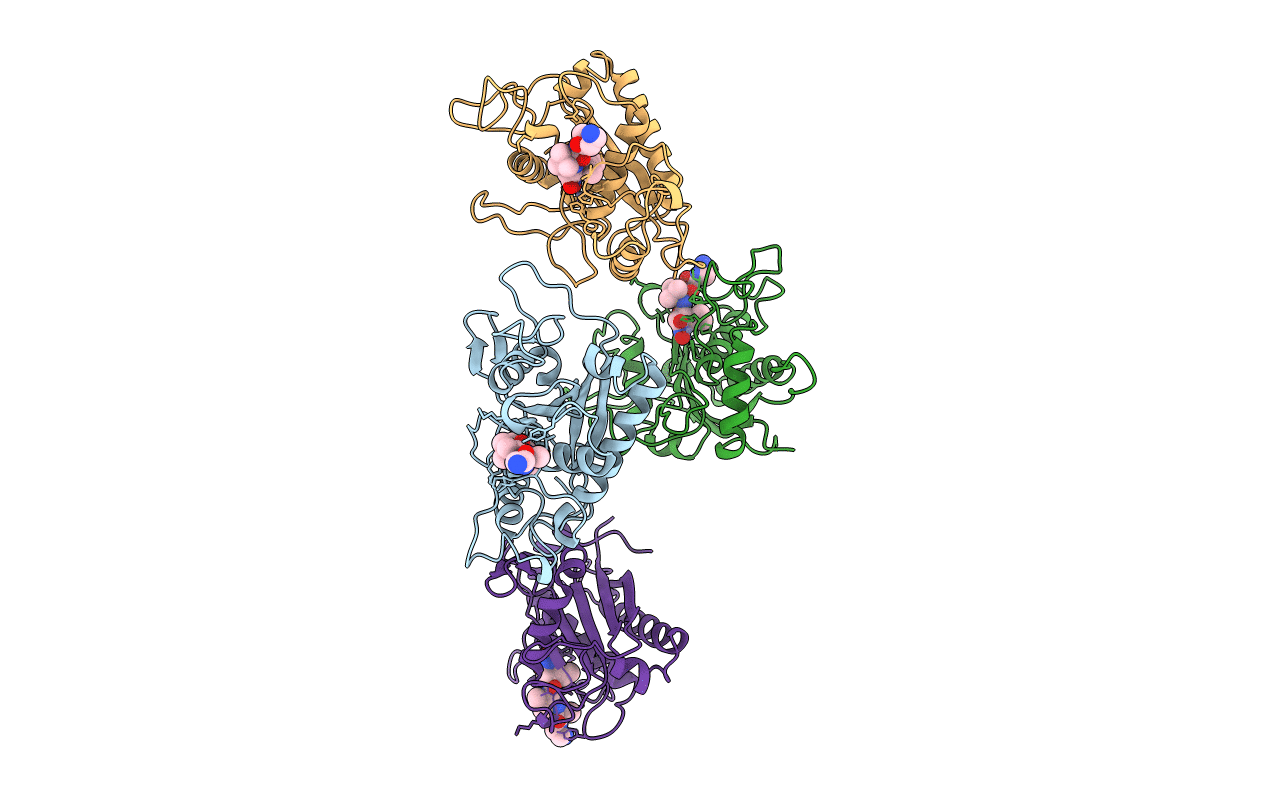
Deposition Date
1998-04-23
Release Date
1999-06-22
Last Version Date
2024-11-06
Entry Detail
PDB ID:
1BKC
Keywords:
Title:
CATALYTIC DOMAIN OF TNF-ALPHA CONVERTING ENZYME (TACE)
Biological Source:
Source Organism:
Homo sapiens (Taxon ID: 9606)
Method Details:
Experimental Method:
Resolution:
2.00 Å
R-Value Free:
0.27
R-Value Work:
0.18
Space Group:
P 1 21 1


